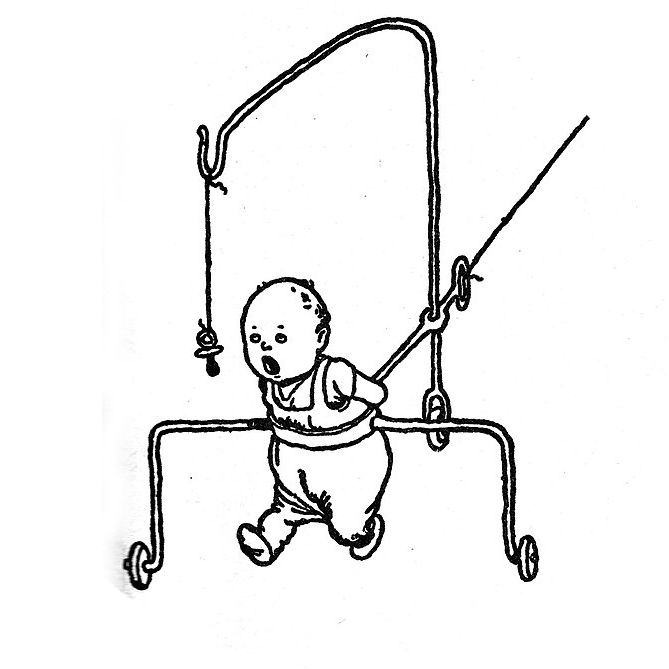

I was contemplating restyling the page. But this won’t bring back the proper article descriptions.
I once met a person that never drank water, only soft drinks. It’s not the unhealthiness of this that disturbed me, but the fact they did it without the requisite paperwork.
Unlike those disorganised people I have a formal waiver. I primarily drink steam and crushed glaciers.


I was contemplating restyling the page. But this won’t bring back the proper article descriptions.


Read-only, or the ability to edit filenames & upload files?
Read only: as per other answers here, basically any HTTP server. The easiest one I know would be darkhttpd, because it requires no config files and can be run without root.
Read write: I like WFM https://github.com/tenox7/wfm
+/-1 least significant digit at a minimum.
“I’m sorry frog, but you might actually weigh 0”. Little buddy noooo
Adorable fella :)
His front legs look like how mine feel getting up in the morning. We’re here for you bud.
OP HAS BEEN REPLACED
Absolutely amazing. Going to go for the offline port though, I don’t trust my save data to my browser.
N.B. Only worked in Chromium (not Firefox) for me. Could be due to addons though, not sure.


Yeah Bruce we’re gonna need to double-check that boundary, put the totalstation over on that rock. Nah mate they can’t have the macadamia, that’s ours.


$BILLIONS
I mentally read this in the same voice I read $VARIABLE.
exec *>/dev/null


FWIW there are dozens of university ranking systems and every university says “look how well we rank in X!”. It’s been 10 years since I looked, but I think I recall some of them being funded by unis too.
Nonetheless I agree they’re doing stupid stuff that’s not in the interests of students, staff, the country, humanity and education in general. Alas it takes them many years to feel the bad effects of bad decisions.
Are red & blue lines under the pic are the calibrated references, whilst the car pics are not?


not the reality
Knowing how, when and why something was altered is very important. It tells you a lot about the people involved, their motivations and even their “voice” as you put it.


I asked my grandparents about some B&W photos of their wedding where their faces looked suspiciously smooth compared to the rest of the image. Apparently they were touched up by hand.
(Not saying that’s what has happened here, you could be right and it’s a modern edit)


pungent oder of RTV gasket maker
Just if you’re interested: there are a tonne of different silicone chemistries.
Single part curing (no mixing needed, cure when exposed to air):
Two-part curing (you have to mix the two components, then it starts setting):


Yes it looks like it’s adjusting the port length. (In plain english: some speaker boxes have an intentional hole in them, if you adjust the length of the pathway that sound takes to exit the box through this hole then you adjust how bassy it sounds).
To add a hollow cavity into the plastic part would immensely complicate the design of the moulds (assuming you try and implement the cavity in the same style & orientation of what gluing that bit of wood in achieves). The plastic shells of this speaker look like they’ve been designed for two-part moulds, which is the cheapest and simplest way of designing a mould. Any internal cavities of the part would require bits of steel mould to be in the cavity during injection, those pieces then have to be removed somehow and that would be a nightmare. Two part moulds can just be clamped & separated over and over again without snagging on anything.
For the walls of a speaker to reflect sound they need to have a density that is very different to the air inside the chamber. As it turns out basically anything fulfills this criteria, even cardboard makes fine speakers (just don’t get it wet or poke holes in it). Plastic vs MDF wouldn’t matter here acoustically, both are fine.
Bits of particle board can easily be cut and glued by unskilled workers. For business reasons the injection moulding might be getting done at a different place to the final assembly, and the product manager who wants the speakers properly ported might only be in charge of the latter. IDK.
glue applied likely by a machine
I suspect this would be all human assembly. They’ll probably have motorised torque-limited screwdrivers and jigs to hold the parts on during assembly, but still human arms doing the work.
In particular: stuffing the white polyester wadding in would be a PITA for an automated assembly machine. Humans are tolerant of variation and bits of wadding blowing away, pre-programmed movement robots are not.


That (chinook-style solution) only works if both rotors are the same size and speed.
Perhaps Sikorsky’s tethers to the ground worked around the problem for that photo anyway. Not sure.
Really, Penfold.


Every news website is covering it. I think I’ve spotted most of 10 articles around the place.
The law of well-marketed unreleased goods dictates that this vehicle is not going to meet any of the promises mentioned in the articles. I hope to be proven wrong, but just like video games: don’t pre-order, wait for it to come out and be reviewed.


I’ve been using PipeWire this year on my Void Linux laptop & desktop. It’s been mostly OK but has a few problems. For years I have been using plain ALSA (with no custom configuration) because pulseaudio causes me regular issues across multiple machines (mostly silently failing).
Pros:
Cons:
TIL there are thumbnails in feeds. Cheers :)